Australian sprinter Peter Norman stood with Black Power athletes at 1968 Mexico City Olympic Games
SOME pictures such as the image of two African-American athletes giving the Black Power salute at the Mexico City Olympic Games 50 years ago, have become seared into the public consciousness.
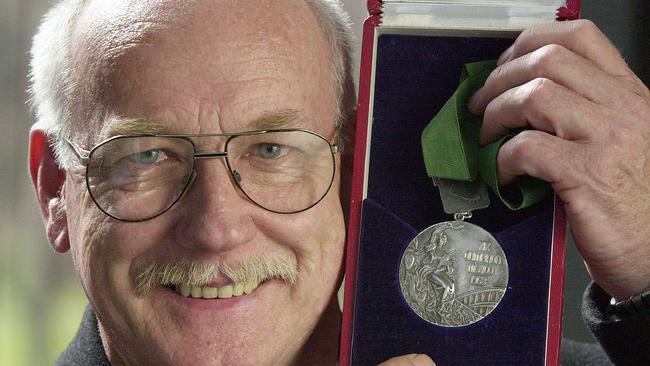
Today in History
Don't miss out on the headlines from Today in History. Followed categories will be added to My News.
THERE have been some historic moments captured in photos at the Olympic Games. Ethiopian Abebe Bikila winning the 1960 marathon in bare feet. Jesse Owens standing on a podium at the 1936 Berlin Olympics, as winner of the gold elevated above a German athlete who is giving a Nazi salute.
But one of the most recognisable is of three men on the medal podium at the 1968 Mexico City games. Two are African-Americans, Tommie Smith and John Carlos (respectively gold and bronze medallists in the 200m). Both stand thrusting a black-gloved fist defiantly into the air.
The third man, silver medallist Australian Peter Norman stands, seemingly oblivious but actually in solidarity, with his fellow athletes. It has become known as the “Black Power salute”.
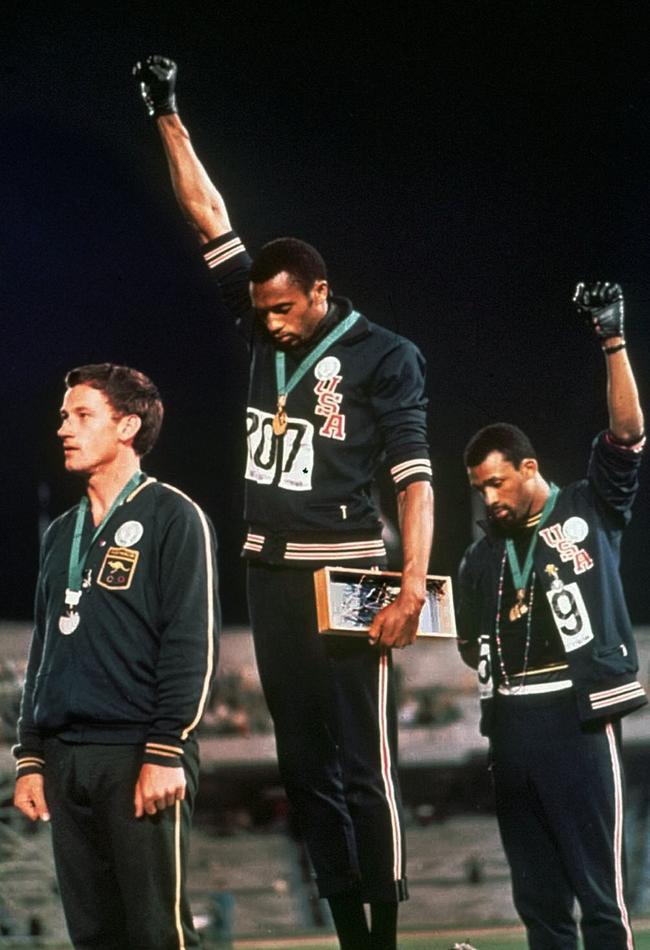
It happened 50 years ago today. At the time it caused outrage. Carlos and Smith received death threats and even Norman found himself ostracised by colleagues. It also ended their time as Olympic competitors. The gesture has since become recognised as one of the most poignant political statements ever made at the Olympics.
It came at a time when many blacks were frustrated at the lack of social progress being
made against racism and discrimination. In April 1968 US Congress passed the Civil Rights act, outlawing many kinds of discrimination. But in reality there was still a long way to go.
Black civil rights activist, the reverend Dr Martin Luther King Jr, was shot dead in April 1968 and in June presidential hopeful Robert “Bobby” Kennedy had promised to end race divisions in the US just before he was also shot dead.
Many blacks felt powerless. Some, such as the Black Panthers, founded in Oakland, California, in 1966, had been arming themselves for self-defence and so they would be ready for a revolution. The Panthers, like many other blacks, appropriated a black fist — a symbol of black solidarity.
Others looked for less violent forms of protest. In the lead-up to the Mexico City Olympics some black athletes were talking about boycotting the games because of ongoing discrimination in sport.
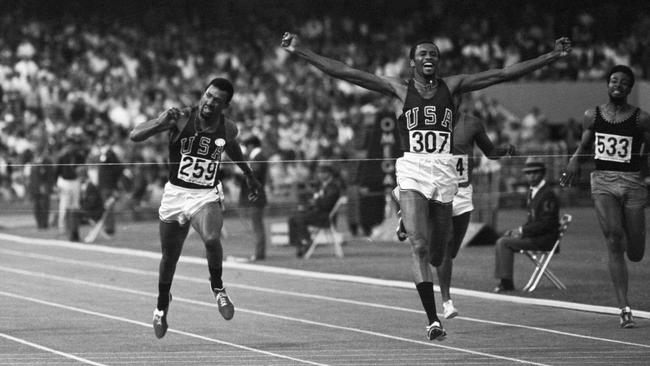
Black athletes on scholarships to universities often found fraternities had charters banning negroes or campuses had separate African-American toilets. The New York Athletic Club allowed blacks to compete at their meets but banned them from joining the club.
In 1967 African-American athlete and sociologist Harry Edwards formed the Olympic Project for Human Rights (OPHR) of which Dr King became a great supporter. Edwards believed the Olympic movement was being used by the US to show that they embraced racial equality when the reality was very different.
Among the athletes who joined the OPHR was Smith. Born in Texas in 1944, he grew up working in cotton fields and picking grapes. Showing promise at school as an all-round athlete Smith was offered several sporting scholarships.
In 1963 he chose to focus on track and field at San Jose State University. He experienced discrimination on campus but went on to represent the US as a runner, winning selection for the US Olympic team in 1968.
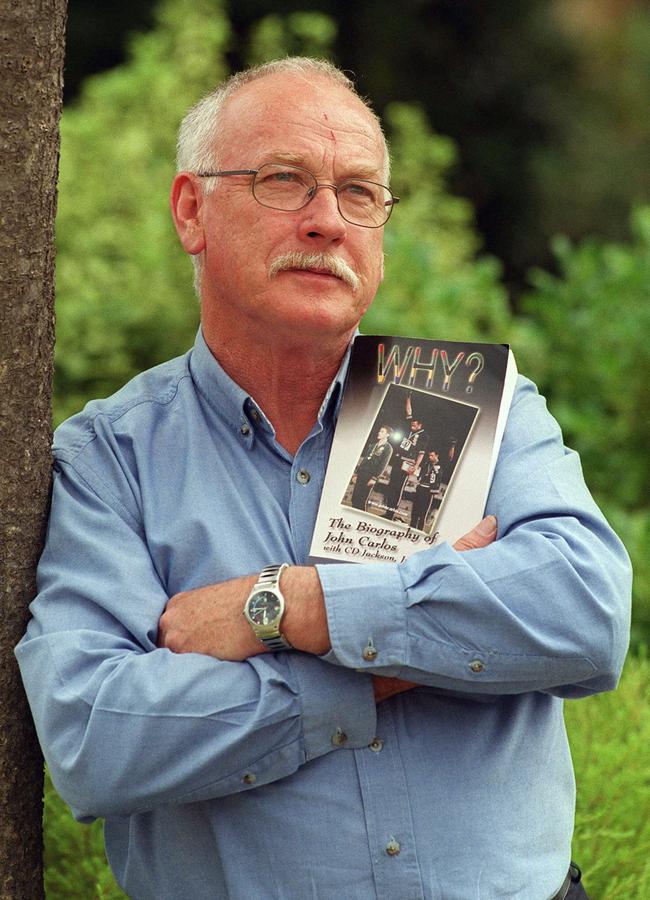
Another OPHR recruit was Carlos. Born in 1945 in Harlem in New York, he discovered a talent for sprinting by outrunning police while stealing food from freight trains to give to the poor. He put the skill to use, scoring a university athletics scholarship.
A follower of black activist Malcolm X, Carlos was horrified when his hero was shot dead in 1965. It made him determined to fight injustice. As a star athlete he also got the chance to meet Dr King, only to see another hero cut down by an assassin’s bullet.
Fierce rivals on the running track, Carlos and Smith were brought together by their plan to make a statement at the Mexico City Games. Both men were a good chance for a medal in the 200m and planned to use the medal ceremony as their platform. But they had a rival in Australian Norman.
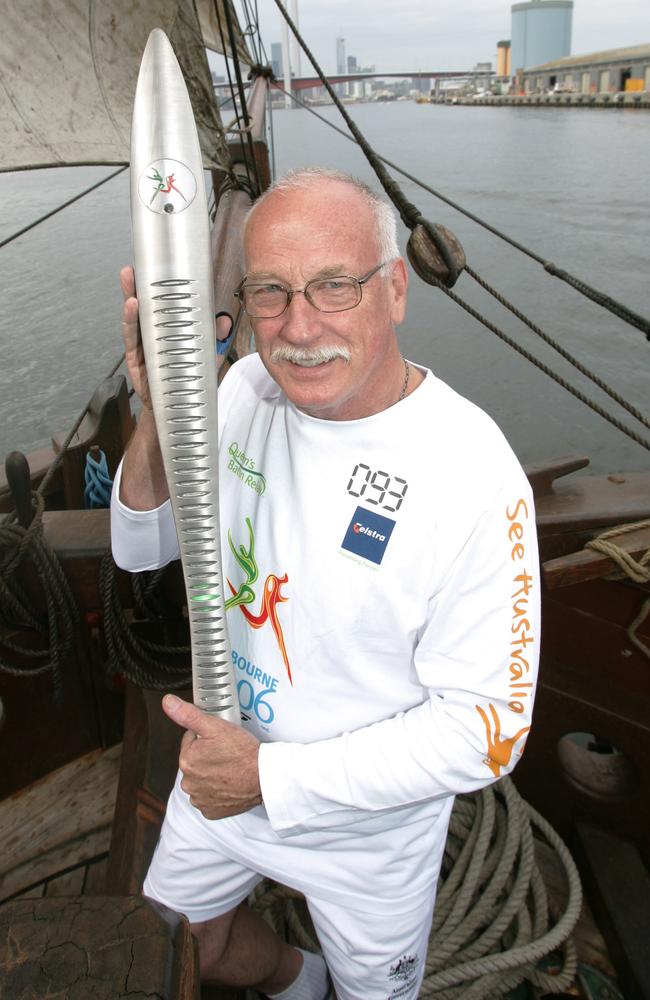
Norman was in 1942 born into a Melbourne family who were devout Salvation Army members, which gave him a strong sense of right and wrong. He took a job selling pies at the Olympic Stadium in Melbourne in 1956 and became hooked on track and field. He competed at the 1962 and 1966 Commonwealth Games and was selected to represent Australia at the 1968 Olympics.
When he pipped Carlos to take silver in the 200m on October 16, 1968, the Americans revealed their plan to him. He told them “I’ll stand with you.”
Wearing an OPHR (Olympic Project for Human Rights) badge Norman stood as Smith and Carlos raised their black-gloved fists into the air.
While all three men suffered fallout from the incident, it bonded them in friendship for life. Public opinion vindicated them before Norman died of a heart attack in 2006. Both Smith and Carlos gave eulogies and were pallbearers at Norman’s funeral.
The Peter Norman Story, by Andrew Webster and Matt Norman, Pan MacMillan, RRP $34.99

